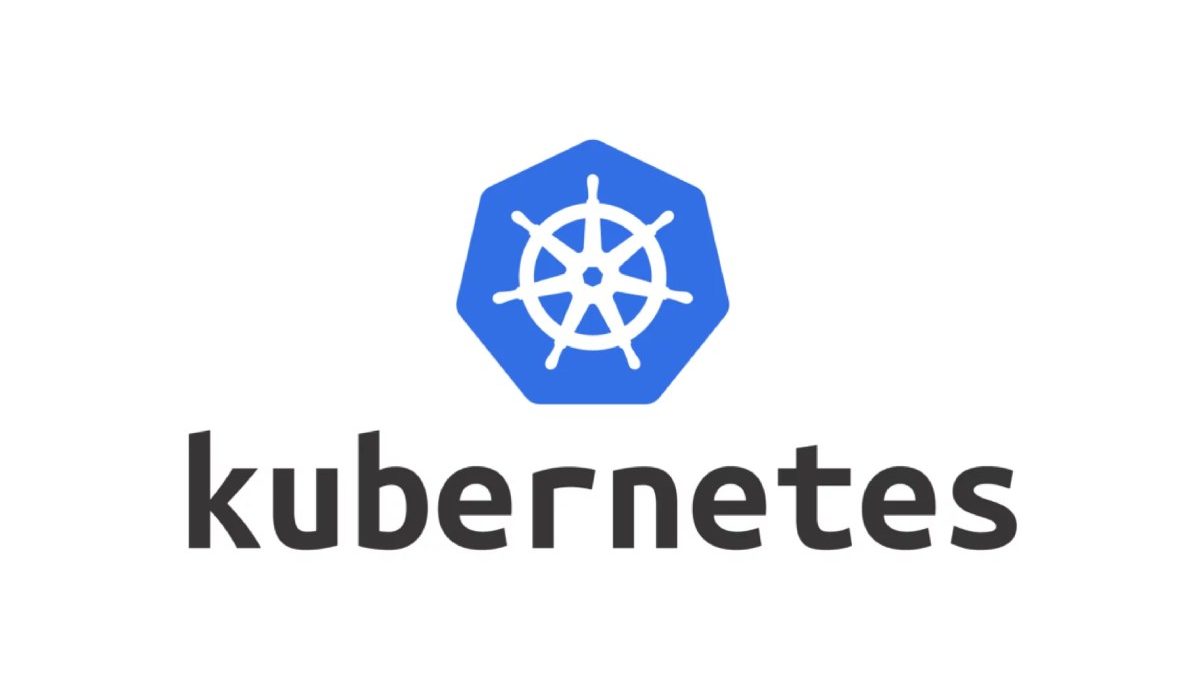Managing the Hidden Complexities of Kubernetes
As more organizations turn to Kubernetes for systems upgrades, they find out that the open-source options come with some hidden complexities. Kubernetes makes cloud-native applications easier to deploy and manage, but lead teams can find themselves overwhelmed without knowledge of the systems and how they run.
So, why work with such a complex platform? Kubernetes offers plenty of advantages, especially regarding automation. By integrating Kubernetes into pre-existing systems, it eases container management. Companies look to open-source projects for automating deployment, distribution, and other infrastructure needs.
As an out-of-the-box solution, Kubernetes makes sense. But, companies need to decide how to use it before they add it to their collection of apps. Learning about the complexities helps companies make better decisions about using Kubernetes.
Table of Contents
Managing complexities with best practices
One of the best tools for managing the complexities is a certified Kubernetes distribution like Rancher KE. These products help solve problems during installation by removing host dependencies and allowing for a bump-free road to deployment.
Before installing any new systems, it is vital to look closely at what they can bring to the table. Yes, Kubernetes offers many simplified solutions, but it is connected to several additional functions. Learn about the offerings and components before you commit to them.
Managing the Hidden Complexities of Kubernetes
Decide on the resources you can commit to Kubernetes
If you plan to choose Kubernetes for your organization, you’ll need to decide how to manage it. Some organizations choose an outside group to run their new system. Kubernetes experts can troubleshoot and help with speedy deployment. Outsourced agencies also have access to resources that individual organizations might not have.
Your current vendors and cloud providers might already offer Kubernetes services and support. Investigate your options before you put more on your IT team’s plate.
Map out your management plan
Companies can help reduce the hidden complexities of Kubernetes by organizing the applications and the employees who control them. The teams should decide where to put the applications, use them, and connect them to existing systems. The IT management team also needs to determine how to increase the compatibility with existing hardware and software.
Lastly, the IT team and management teams should agree about who will be responsible for reporting and troubleshooting any problems that arise within the architecture.
Develop a plan for monitoring the system
Systems need monitoring, especially once they’ve reached the end-user. Enterprises need to decide who will monitor the Kubernetes system’s container. Management should also delegate someone to care for the back-end systems. With a designated monitoring plan, companies know when problems arise and who is responsible for remediating them.
Companies don’t know when problems arise without a monitoring system, and minor inconsistencies can snowball into costly downtime. Monitoring teams can learn more about the design and how issues impact users and change over time.
Plan how to integrate your critical components
Users can add critical components like their DNS and user dashboard with the application programming interfaces. Before adding these components, teams need to discuss what they need and plan to put it. Problems can arise, especially without prioritization, as API issues can block or crash the server.
Teams can also have trouble if they don’t learn about the automation configuration options. Assuming that Kubernetes will work flawlessly is a mistake many organizations make. Planning for auto-failing and scheduling resources helps companies better manage their automation features.
Wrap up
Kubernetes develops an abstraction in the infrastructure, so it speeds up scalability across platforms. The open-source project allows developers to work on applications rather than managing the infrastructure. While it does give developers and companies opportunities for growth, the project offers challenges.
Managing the Hidden Complexities of Kubernetes

